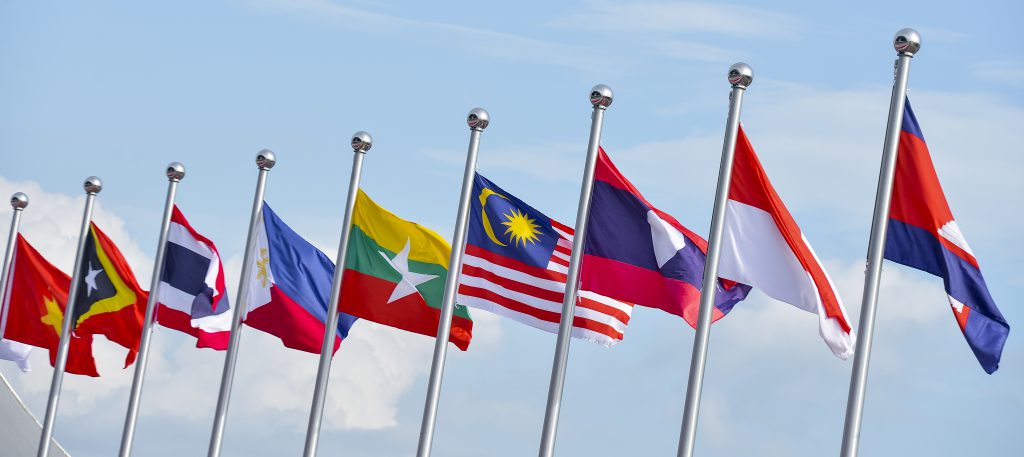Regionalization in Search of Regionalism: Production Networks and Deep Integration Commitments in Asia’s FTAs
January 27, 2020

The ASEAN Free Trade Area (AFTA) was successfully established on 28 January 1992 to much fanfare and celebration in the region. But compared to its international counterparts, ASEAN is very much a latecomer to the scene. In fact, up until the establishment of AFTA, Asian governments have mostly relied heavily on the private sector to drive the economic integration of the region. Considering the (in)famous ‘ASEAN Way’, which is the diplomatic tendency of member states to avoid committing to formal, legally-binding commitments, this is not all that surprising.
However, ASEAN managed to set up AFTA and the region has also become one of the most active sites for preferential trade agreements (PTAs) today. What explains this dramatic change?
‘Regionalization in Search of Regionalism: Production Networks and Deep Integration Commitments in Asia’s FTAs’ (2015, Trade Cooperation: The Purpose, Design and Effects of Preferential Trade Agreements) by Associate Professor Kim Soo Yeon (NUS Political Science Department), attempts to answer this question. She argues that while Asia’s economic integration had largely been driven by the private sector, governments increasingly took the lead in governing such cross-border economic transactions. She attributes this to regionalization – the increasing flows of trade and investment – which contributed to the momentum of regionalism – in which states seek active cooperation and coordination in trade-related economic policy.
Read the chapter here.
